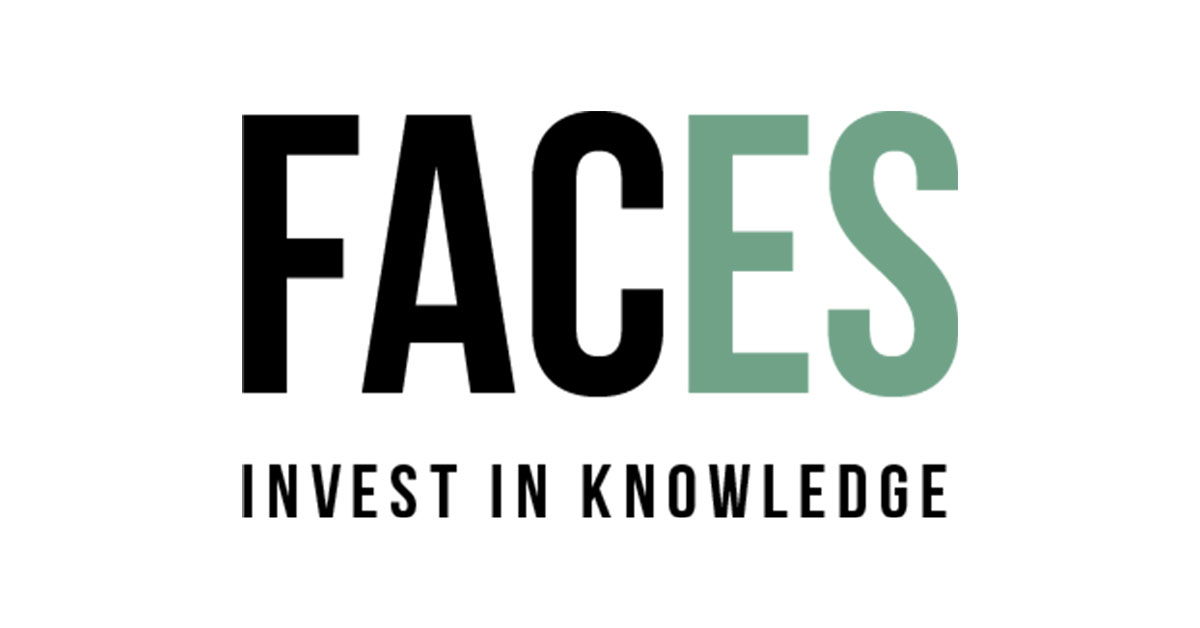Managing director at NIBC, M. Jansen Schoonhoven, sat with the editors of Faces to inform us more about the recent activities surrounding alternative financing. NIBC deals mostly with clients with revenues between fifty million to five hundred million euros. In the Netherlands, there are a few thousand of these medium-sized companies NIBC has offices in the Netherlands, Belgium, Germany and the UK.
Examples of customers are Radio 538, Jumbo Supermarkets, SBM Offshore and Heijmans. Services offered vary from financing and investing to advising in mergers and acquisitions. NIBC is very active with companies that are growing and need financial support or advice. This implies that often these companies still have their original founder, family, or private equity holders that play a major role and are a big part of the growth.
Advising
As mentioned previously, NIBC does a lot of advising. Not only advice in mergers and acquisitions, but also advice on how to best ‘use’ a company’s balance sheet. An example of one of these companies is Connexxion, a major public transport company in the Netherlands. This brings up the subject of alternative financing, because when giving advice, you not only advise a company to finance through bank loans, but also by other means. It has been a subject mentioned quite a lot the past two years, stemming from two main sources. The first are requests directly from the clients who reckon that banks are being more reserved and wonder if there are alternative ways to finance their company. These clients are medium-sized companies, so not the small scale cloud funding companies. The second source is the request of investors. NIBC’s clients are also pension funds and insurance companies that are big investors and want to invest not only in government bonds but also in loans to companies. This means these are not equity investments but rather a fixed income investment. The latter is interesting for these big investors because the margin is higher than with government bonds. Here, looking at the risk return relationship is key, but often turns out beneficial in their portfolio for diversification purposes. The main question then arises from these investors: is it possible to directly invest in these companies? With this question coming from two sides, namely also from the companies, NIBC tries to bring the two parties together.
Developing Regulations
Changes in financing have taken place both on the supply and demand side. In the past, companies that were looking to be financed would do so mainly through banks. However, because banks have to increase their buffers, bigger portions of financing is arranged by other parties than banks. There are different examples of this alternative financing, but this is not very common in the Netherlands because there were sufficient amounts of financing offered through banks. However, Basel III regulations required banks to have stricter capital requirements, which are often solved by having a smaller balance sheet. This implied investing less in companies which could possibly be problematic in the near future. In times of economic growth banks will have a hard time maintaining this proper balance between their own requirements and the requests of financing from companies, something that is expected in the short term future. The second problem is that foreign banks that were active in the Netherlands in the past have recently been retreating and focusing more on lending in their own country. This is because of the financial crisis but also because of the change of support these foreign banks received from their own governments, who put requirements on the amount to be invested domestically. These two limit the amount of credit available or to be made available to larger companies in the future.
US Private Placements
In the United States companies are already used to financing outside of banks. Around seventy percent of financing comes from elsewhere, leaving only thirty percent of the total financing left to banks. The Netherlands has a reverse relationship. Several Dutch and other European companies see this as an incentive to establish their financing in the United States. This market is called the US Private Placements Market, where Dutch companies physically go abroad to sign the financing documents, raising the question whether or not it is still financially beneficial or whether avoiding the trip and signing euro loans would have been just as costly. The idea of alternative financing is therefore established through our company clients as well as our investors, partially because of the success the US Private Placements has brought the United States. This creates incentives for people in the Netherlands to do the same.
Dutch Application
This fits the trend that institutional investors give out loans that for a term of seven to ten years, whereas banks give shorter loans that are between three and five years. It is therefore beneficial when the company is doing its financial planning to be diverse in the lengths of their loans, which also means including long term loans. An example is the public private partnership (PPP) that NIBC has done with a specific project. They have given out a loan for the Zaanstad prison. This style of PPP-project would previously only do its financing with banks. NIBC has arranged a loan with investors such as insurance companies and pension funds who have put together a long-term contract that is longer than a bank could offer. This was the first time this happened in the Netherlands. NIBC brought together the two parties and acted as a intermediary in the decision making process. The financial and structuring expertise of the bank is used, but it is not necessary for the bank to put in capital. This can be seen as a valuable addition to the services and role of NIBC as a bank.
Benefits
For the company taking on the loan, alternative financing can be of great value because it creates diversification of funding sources. It will allow companies to get away from being dependent on one source of financing. It is all about the funding and risk diversification. The other gain is receiving different benefits such as being able to finance a long term project, and having the guaranteed funds available in a finance contract that will not expire before the end of the project. This contract length is the main difference that separates a private placement from a loanfrom the bank.
Alternative financing is also beneficial for the institutional parties. For example, pension funds have fixed maturities and financial obligations for the long term and are looking for ways to tie their assets and liabilities to match the time span at which they need to fund their clients. Hence, investing in projects and setting up long term contracts are good ways to allocate their funds. The interest income is key to the proper flow of business for the institutional parties. It is also why the investors are interested in Dutch mortgages because they are long term assets that perfectly fit their asset and liability profile.
Risk
Banks will not incur the credit risk regarding alternative financing, but instead, the institutional investors will take on the risk. This is similar to a regular loan, only now the risk is tied to the performance of the company. This can be good for the banks, as their risk appetite changed during the crisis. The question remains how influential banks are to the national economy. Opinions are that the use of alternative financing, and essentially hedging away risk, will essentially help stimulate the growth of the economy. This is because the presence of banks in relationship to the size of the economy will be reduced.
Covenants
Private Placement also ensures more protection to investors through the use of covenants. Every loan agreement has terms that both parties need to agree to and meet. Covenants are usually done through ratios on the balance sheet. For example, suppose an investor will agree to give a loan to the company under the condition of maintaining a certain profit compared to the interest he is obligated to pay. If interest to be paid is X, profit must remain at a level of Y. If the company falls below this level the loan can be taken back. The two parties will therefore come to new terms because the loan has essentially become riskier since the earnings model of the company has become smaller compared to its financial obligations. Companies can often lend from investors with only a few, but important covenant requirements. The presence of the covenants can be the difference between a loan from a bank and from an institutional investor.
This interview is translated from Dutch to English by the Editorial Board of Asset | Accounting & Finance.
















